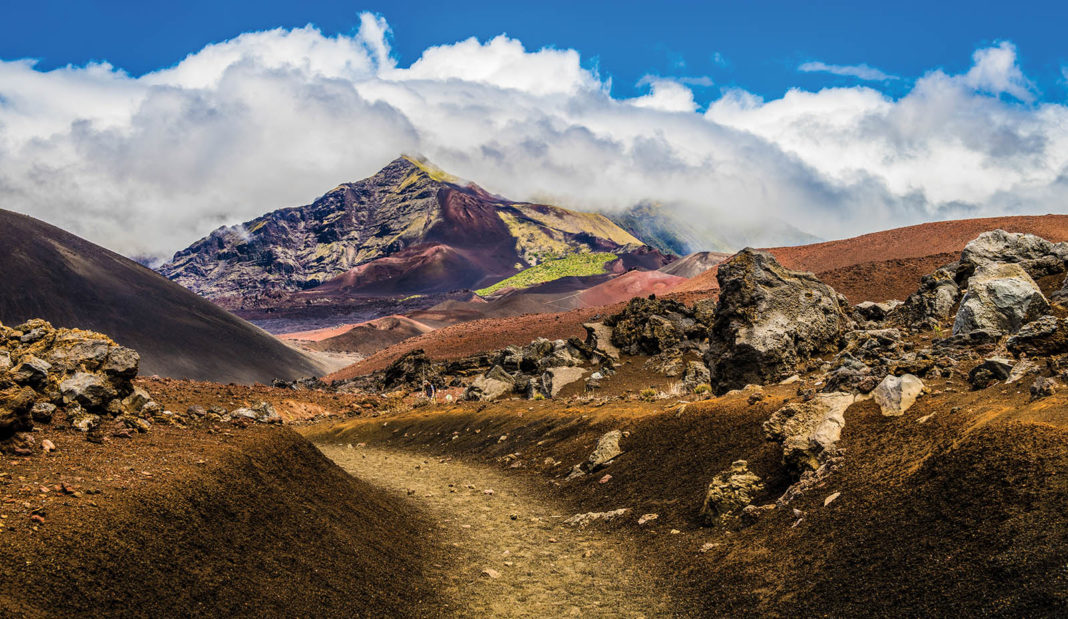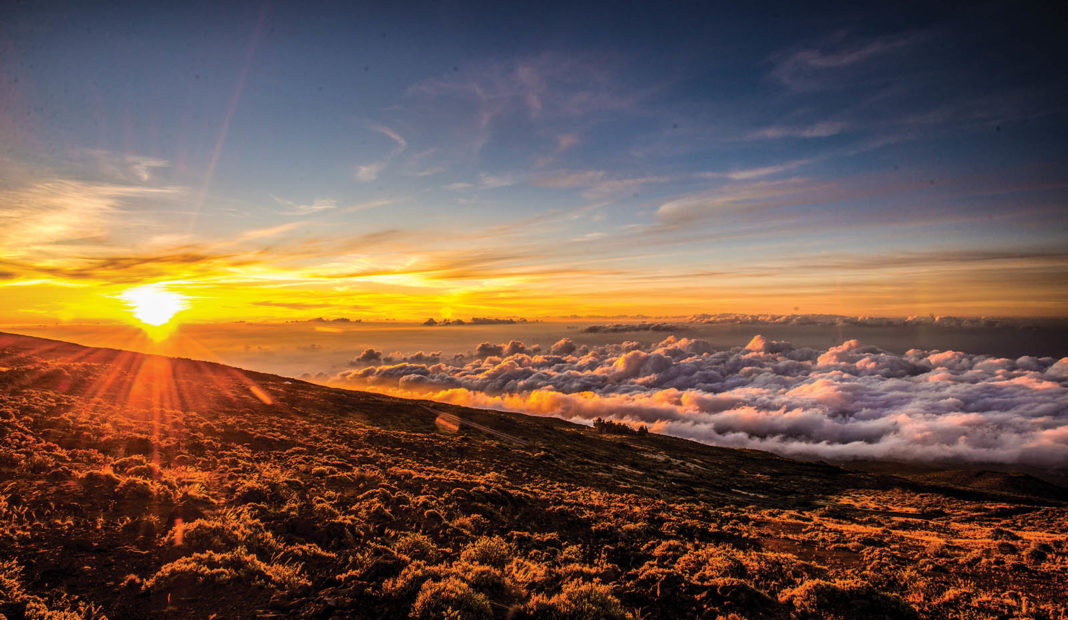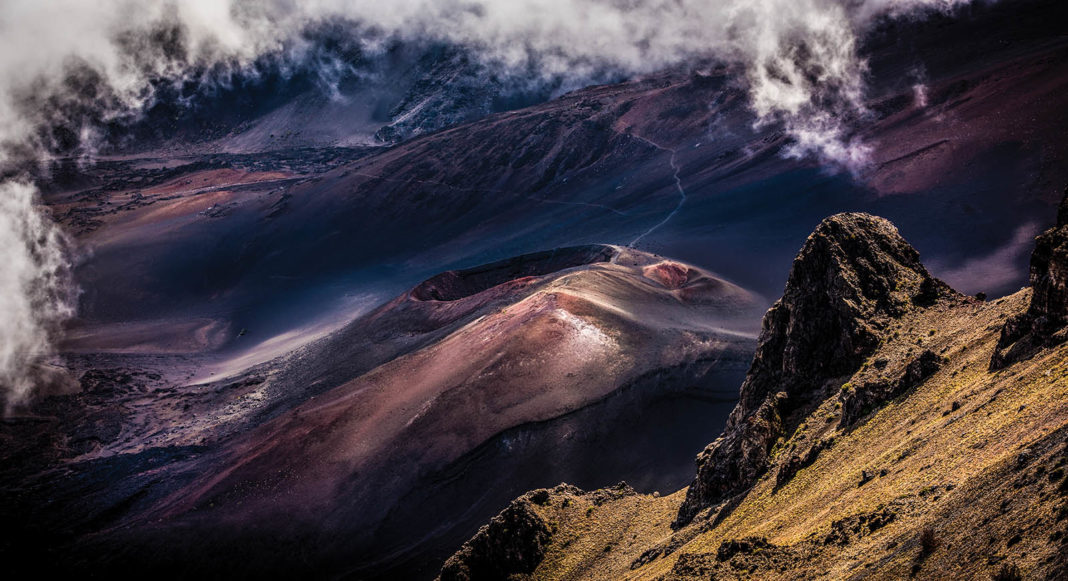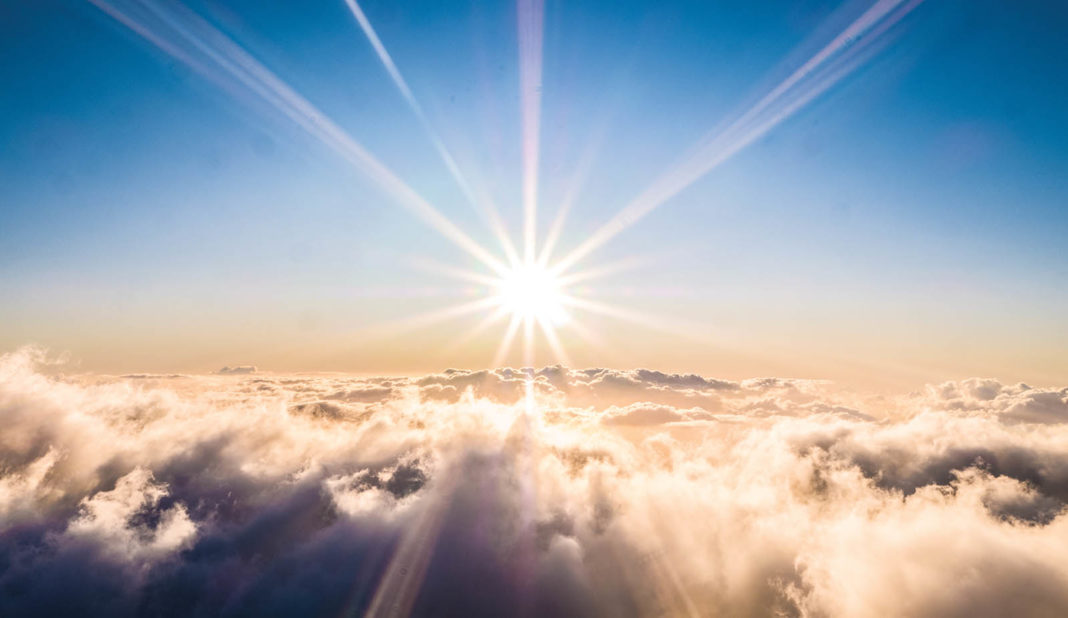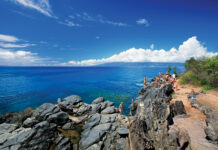Story By LILY STONE | Photography By CHRIS ARCHER
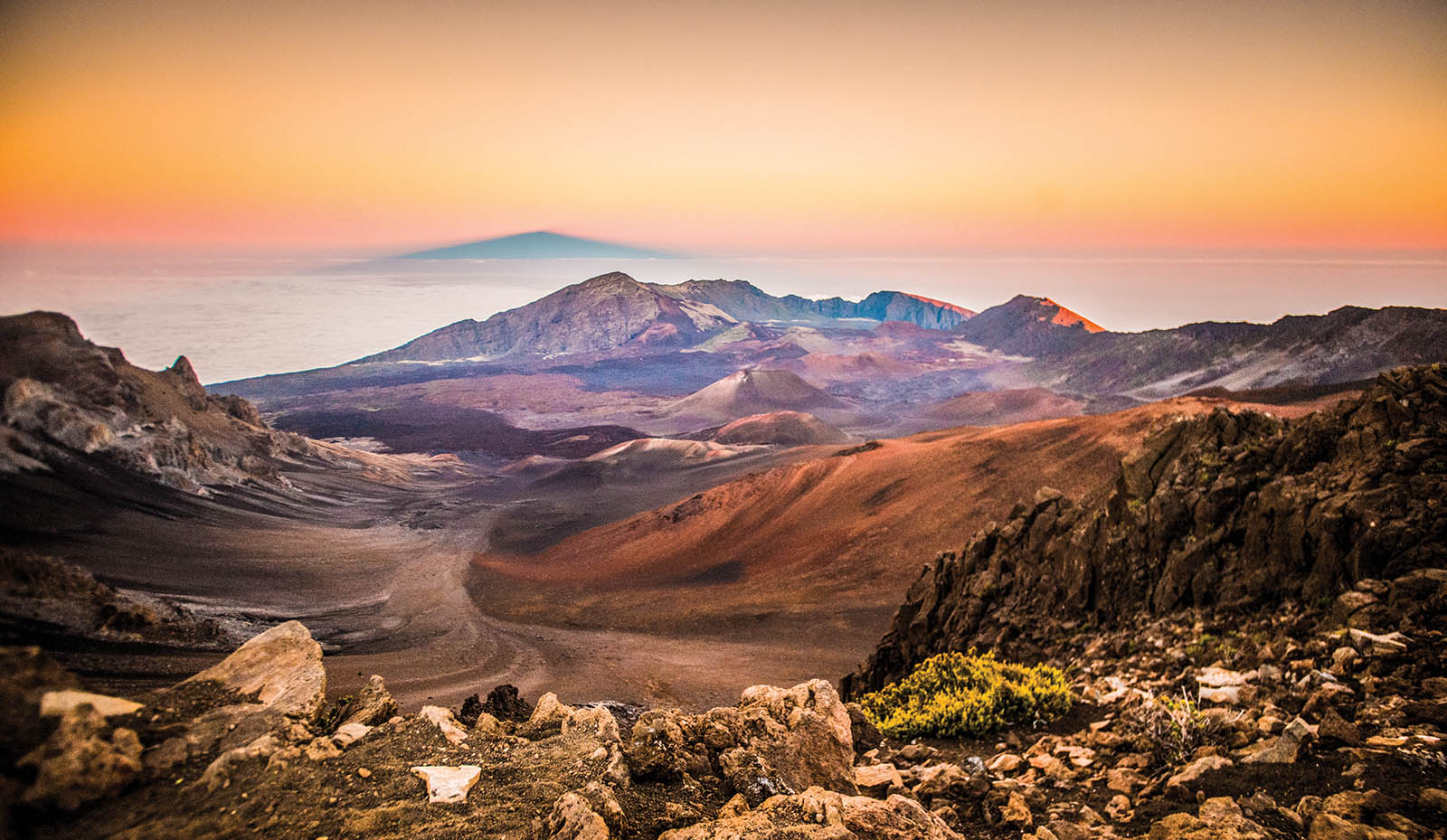
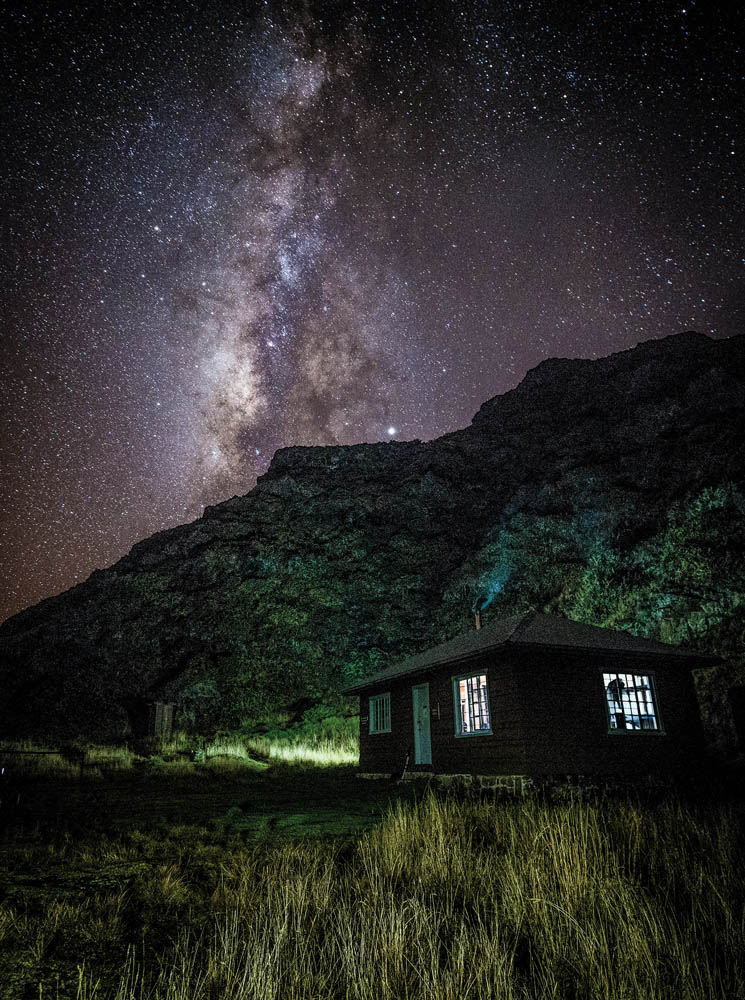
Haleakalā is the great definer of Maui—its immense bulk rising up out of the ocean, the huge weight ascending ten thousand feet upwards from the sea, three-quarters of the island made by its existence. And yet with all of its grandeur and all of its variety—the leeward arid slopes, the windward dense forests, the unearthly terrain of its summit—what we see is such a small part of what is. Just five percent of Haleakalā stands above the sea. The vast majority of the mountain is submarine: It rises 19,680 feet from the sea floor before it even breaks the surface. At its apex it is 29,703 feet tall—675 feet taller than Mount Everest. To stand on the coast and look up at the enormity of Haleakalā—and to know that what you are seeing is just a fraction of the mountain—is to understand the size and strength of an anchor that is unseen but absolute. Maui rests on a truly extraordinary foundation. And the mountain is, of course, alive. It has been just a few centuries since Haleakalā last erupted—compare that to Mauna Kea, which last erupted five thousand years ago. The House of the Sun is still young—under a million years old—though it was born well before our species. At its summit it offers the feeling of another planet, or perhaps a distillation of the essence of this one: rock, sunlight, moonlight, stars, snatches of water, oxygen, life. In the valley at the very top of Haleakalā is a spot that has been measured as the quietest place on the face of the earth. Here, in a colossal amphitheater crowded with cinder cones, is a stillness so deep it seems to change the nature of our own cells when we enter it. “He ali‘i ka ‘āina, he kauā ke kanaka,” is an ‘olelo noeau (proverb) that speaks to the relationship between land and humans: Land is the chief, man is the servant—a truth that at the summit of Haleakalā is immediate and undeniable.

